Optimal Timing for Windows Installations
Understanding the best time to perform Windows installations can impact the efficiency and success of the process. Factors such as seasonal weather conditions, system readiness, and user availability play significant roles in determining the ideal window for installation activities.
Installing Windows during milder weather months can reduce disruptions caused by extreme temperatures or weather-related issues. Spring and fall often provide optimal conditions for system updates.
Ensure that hardware and software are prepared for installation, which may involve scheduling during periods of low workload or minimal system usage.
Perform installations when users are less active, such as during weekends or non-business hours, to minimize downtime and workflow interruptions.
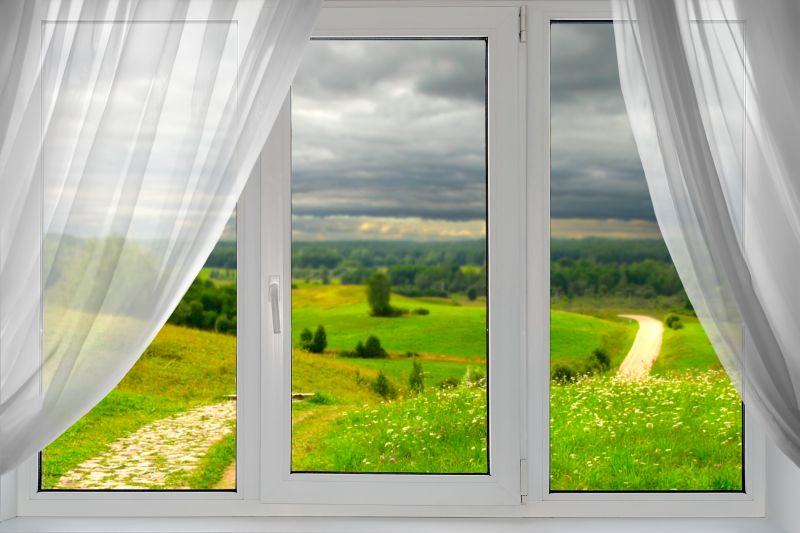
Optimal due to moderate weather and lower system usage.

Higher temperatures may affect hardware during installation; plan accordingly.

Ideal for avoiding holiday disruptions and ensuring system stability before year-end.

Ways to make Windows Installations work in tight or awkward layouts.

Popular materials for Windows Installations and why they hold up over time.

Simple add-ons that improve Windows Installations without blowing the budget.
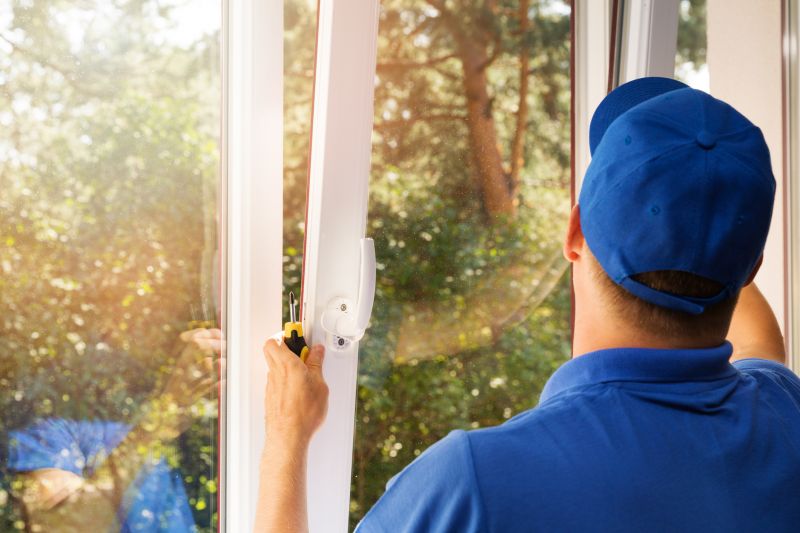
High-end options that actually feel worth it for Windows Installations.

Finishes and colors that play nicely with Windows Installations.
| Season | Advantages |
|---|---|
| Spring | Moderate weather, lower system usage, and fewer disruptions. |
| Summer | Longer daylight hours, but higher temperatures may pose challenges. |
| Fall | Pre-holiday period, ideal for system updates before year-end. |
| Winter | Potential delays due to cold weather and holiday schedules. |

Step-by-step procedures ensure smooth system updates.

Backing up data and checking hardware compatibility are essential steps.

Verifying system functionality and security settings after installation.

Scheduling during low-usage periods minimizes disruptions.
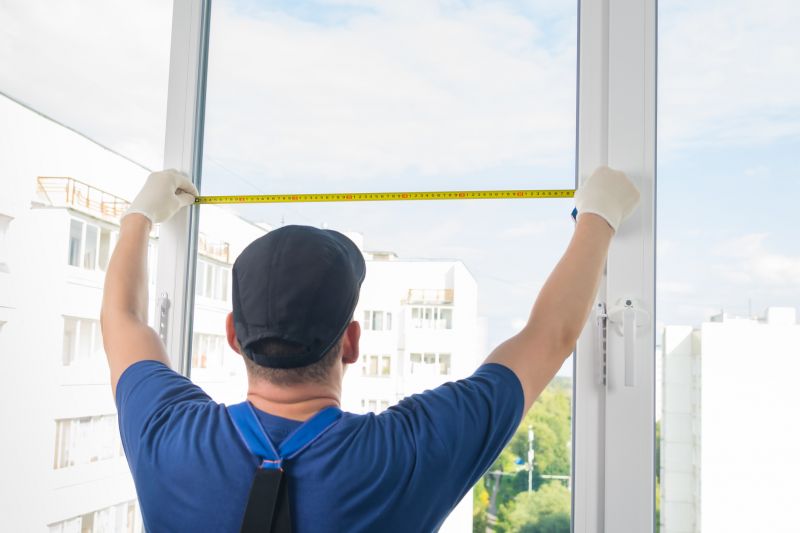
Little measurements that prevent headaches on Windows Installations day.

A 60-second routine that keeps Windows Installations looking new.

A frequent mistake in Windows Installations and how to dodge it.

Small tweaks to make Windows Installations safer and easier to use.
Scheduling Windows installations appropriately can enhance system performance and reduce downtime.
Unexpected delays and system conflicts can occur if timing is not considered carefully.
Coordinate with IT professionals to identify the best time for installations.
Choosing the right timing minimizes operational disruptions.
Scheduling Windows installations thoughtfully can lead to smoother updates and improved system reliability. It is advisable to plan during periods of low activity and favorable weather conditions to ensure the best results.
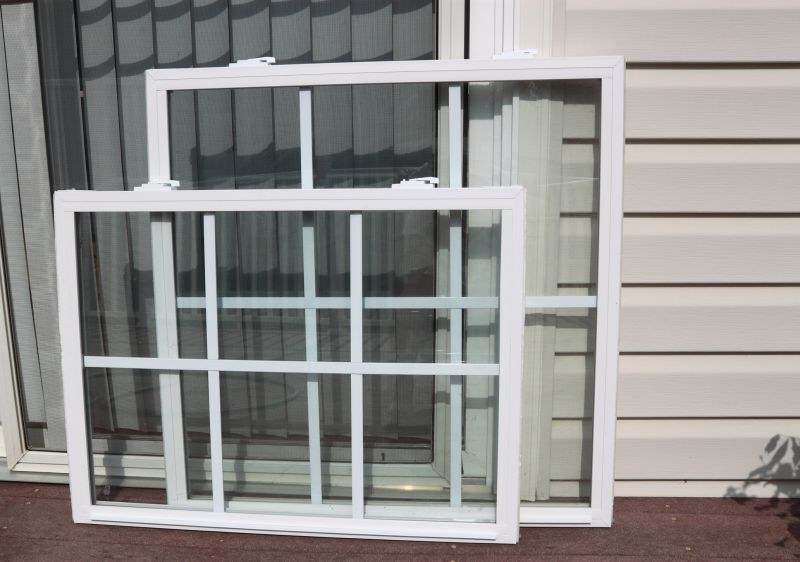
Align updates with low-usage periods for minimal impact.
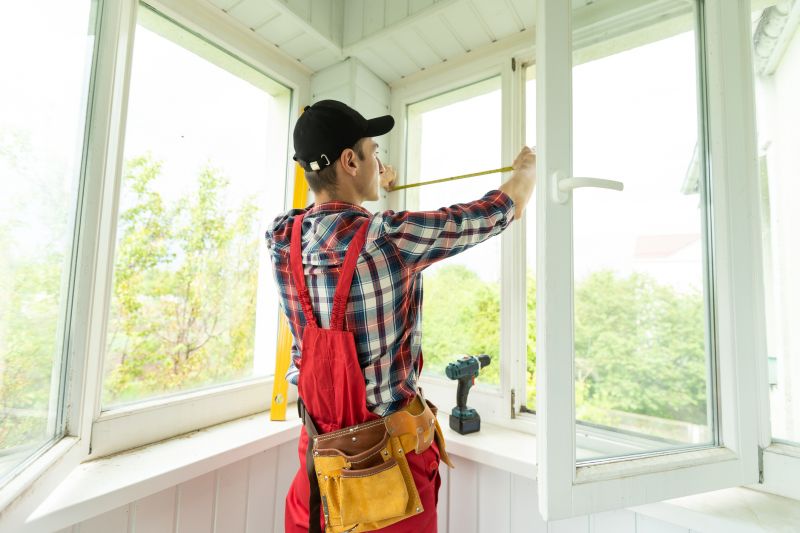
Ensure backups and hardware checks are completed beforehand.

Perform system checks to confirm successful updates.
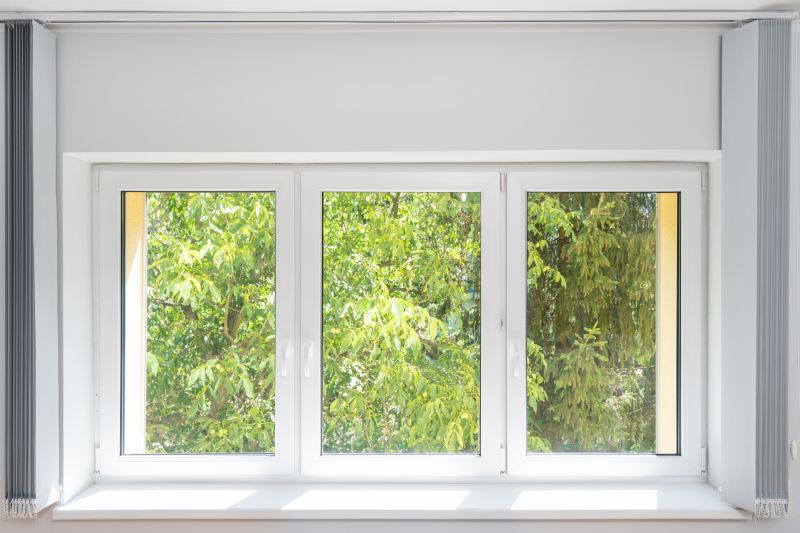
Lower-waste or water-saving choices for Windows Installations.

The short, realistic tool list for quality Windows Installations.
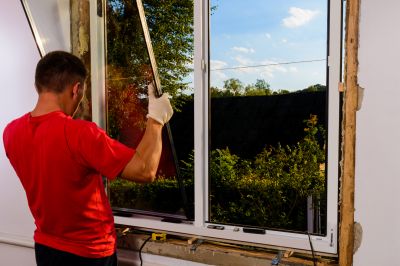
Rough timing from prep to clean-up for Windows Installations.

Quick checks and paperwork to keep after Windows Installations.

Examples that show the impact a good Windows Installations can make.
Interested in scheduling Windows installations at the most suitable time? Contact the appropriate professionals to ensure a seamless and efficient update process tailored to specific operational needs.




